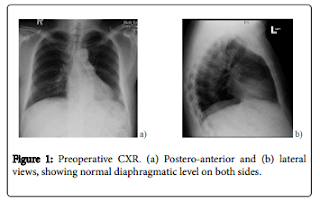Hypertension is an important public health challenge
worldwide. It has been identified as the first cause of death worldwide being
responsible for 9.4 million premature deaths. Moreover, it has been ranked
third as a cause of disability adjusted life-years deteriorating health related
quality of life. Hypertension is one of the most frequent reasons for adults to
visit a physician´s office, and 33% of US adults ≥ 20 years of age have been reported
to have hypertension.
Hypertension is strongly associated with overall
cardiovascular risk. Cardiovascular disease is the foremost cause of
preventable deaths globally accounting for 30% of all deaths . However,
approximately half of the disease burden attributable to office BP develops in
individuals with hypertension; the remainder develops in those with BP values
in the normal range . Masked hypertension, a condition with normal office and
elevated out-of-office, is often missed in the office visit. . Read more>>>>>>>>>>>>














